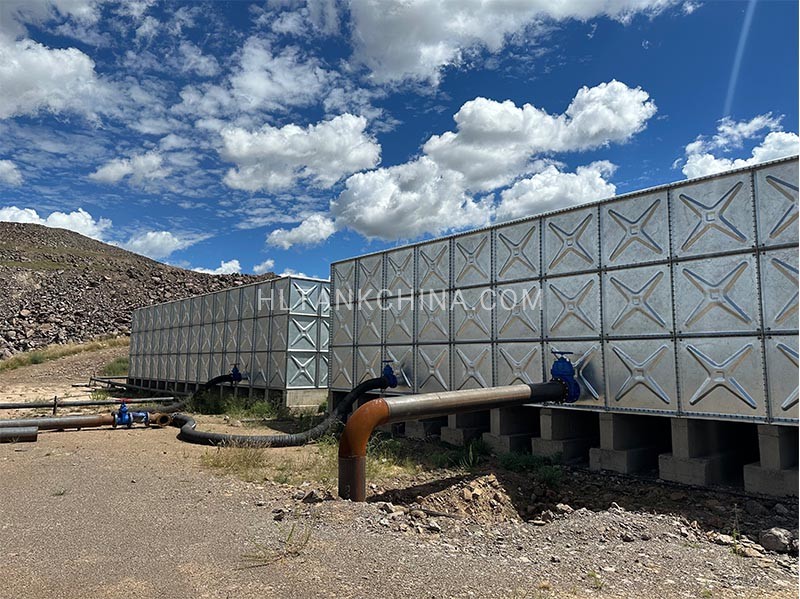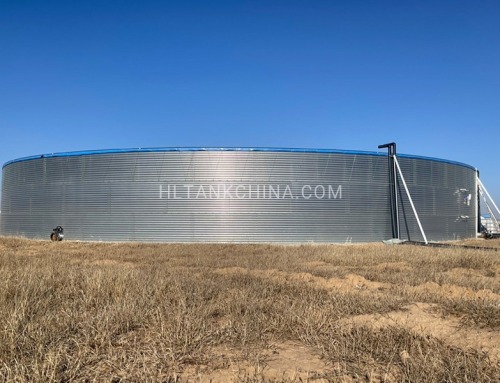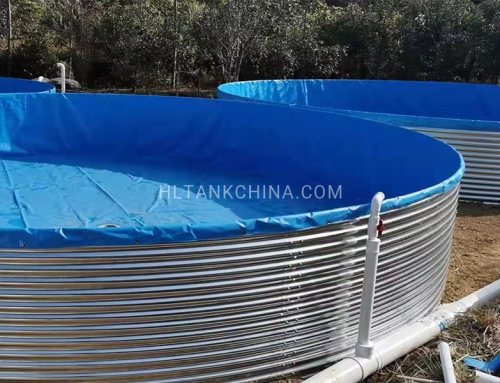A borehole water storage tank is a tank used to store water pumped from an underground borehole (a deep, narrow well). After the water is pumped up, it’s stored in a tank — usually HDG steel, plastic, or concrete — so it can be used when needed.
Detailed Explanation:
What is a borehole?
A borehole is a deep hole drilled into the ground to access underground water (groundwater). It’s commonly used in areas without reliable public water supply — like rural communities, farms, and even cities with water shortages.
Why store borehole water?
Since borehole pumps don’t run 24/7 (and sometimes depend on solar power or generators), water is pumped into a storage tank during available hours, so users can access water any time, even when the pump is off.
Types of borehole water tanks:
HDG steel tanks: Long-lasting, corrosion-resistant, and suitable for large volume needs (like 10,000–500,000 liters).
Plastic (polyethylene) tanks: Cheaper and easier to install for small homes or farms.
Concrete tanks: Permanent but less flexible.
Where are they used?
Farms (for irrigation and livestock)
Homes (especially in rural areas)
Schools and clinics
Water supply projects by NGOs and local governments
Why HDG water tank is top one choice for borehole water storage tank?
Our HDG (Hot-Dip Galvanized) borehole water tanks are engineered to store groundwater safely and efficiently. Designed for tough environments, these modular steel tanks are perfect for borehole systems in farms, homes, schools, hospitals, and remote communities.
Corrosion-resistant: Long-lasting zinc coating protects against rust
High capacity: Ranging from 5,000 liters to 5000,000 liters
Quick installation: Bolted panel design with minimal maintenance
Custom options: Available in ground-level or elevated formats








Leave A Comment